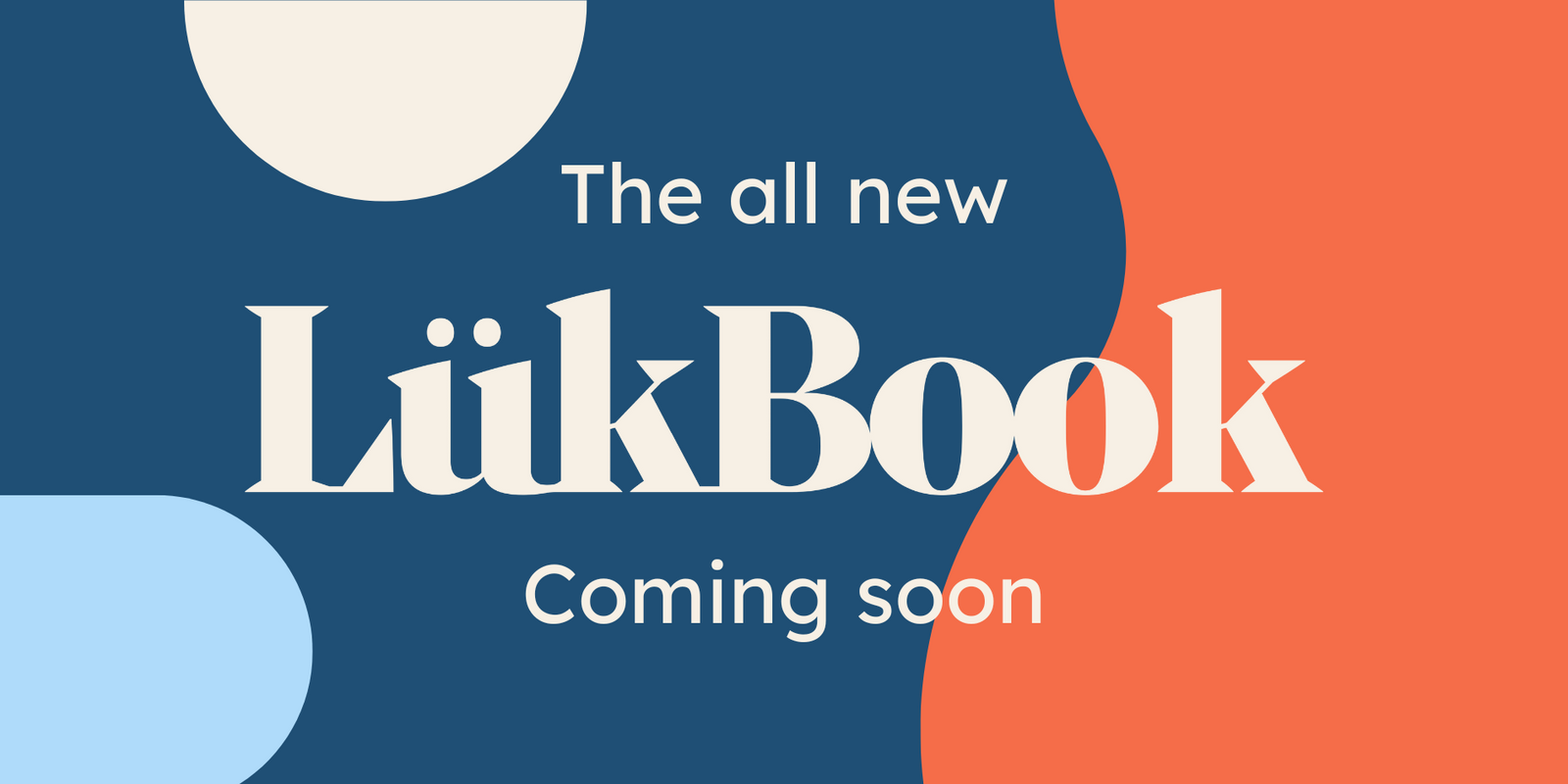The Case for Investing in Quality Clothes That You Love
To quote the cult noughties movie Confessions of a Shopaholic: “Cost and worth are two very different things.” While the movie is a cautionary tale about overspending, this central theme has worth (pun intended) when approaching our wardrobes.
At LükBook, we’ve noticed many plus-size women commenting on how plus-size clothing is too expensive. This isn’t specific to us but is a common sentiment across many plus brands and stores. We understand that inflation and the cost of living are significant concerns. However, we’ve also observed that the bar for what is considered “affordable” is often set lower for plus-size fashion than for straight-sized fashion. We believe this focus on cost might be more about self-worth than affordability. Here are three common reasons plus-size customers hesitate to invest in their wardrobes and why this thinking might not be helpful.
Reason #1: “I’m Going to Lose Weight”
If we see our bodies as temporary, it makes sense that we hesitate to invest in beautiful clothes, fearing they won’t fit in the future. However, research shows that 95% of diet programs fail. Our bodies are biologically wired to maintain weight, and drastic changes are unlikely to be long-term. Even if you change your size or shape, not buying the dress now won’t help. You can’t hate yourself into a body that you love. So, buy the damn dress and celebrate your body as it is now.
Reason #2: “It’s More Expensive Than What I’m Used To”
Until recently, plus-size customers had limited shopping options. Now, with nearly 400 brands catering to plus sizes in Australia, we have more choices than ever, including high-end designer pieces and ethically made items.
But, as one of our favourite curve influencers, Jo (@icurvy) points out, this rapid change can lead to “anchoring” – a cognitive bias where we judge current options against past experiences.
This helps to prevent feelings of overwhelm. Jo explains “A bias is a shortcut your brain uses to make decisions quickly, but this often comes at the expense of accuracy. These are often unconscious and lightning fast brain reflexes - but if we want to grow, change, and adapt to new circumstances, we have to be deliberate and purposeful in changing those automatic shortcuts, to make better choices.”
“When we look at the price of something, our brain quickly references (or anchors) that cost in relation to everything else we've seen before - and the issue is that not comparing like-for-like as the vast majority of garments we reference mass-produced and manufactured offshore, usually from low-cost synthetic materials.” We now also have access to designer, slow fashion and sustainably made pieces – of course these are going to be more expensive, but are higher quality and will likely last much longer.
“It’s important to note that was is affordable is a deeply personal and individual decision, but our gut-feeling about where the cost of something is fair - or unfairly expensive - is subject to anchoring bias” says Jo.
“It’s important to note that was is affordable is a deeply personal and individual decision, but our gut-feeling about where the cost of something is fair - or unfairly expensive - is subject to anchoring bias” says Jo.
Reason #3: “I Don’t Want to Spend That Much on Myself”
This reasoning often stems from a place of financial prudence. However, it’s worth considering if you apply the same spending rules to others in your household. If you’re comfortable investing in outfits for your partner, children, or fur baby but not for yourself, it’s time to rethink your self-worth.
Quality clothing lasts longer and makes you feel better. Do you want a synthetic dress that might last six months or a quality cotton piece that will see you through several seasons?
The Takeaway
Ultimately, how you choose to build your wardrobe is up to you. However, it’s crucial to consider how your approach to fashion intersects with your self-worth. There’s a reliable link between clothing and self-confidence, and you deserve a wardrobe that makes you feel great.
Is it really about the cost of clothes, or is there something else affecting your decisions?




